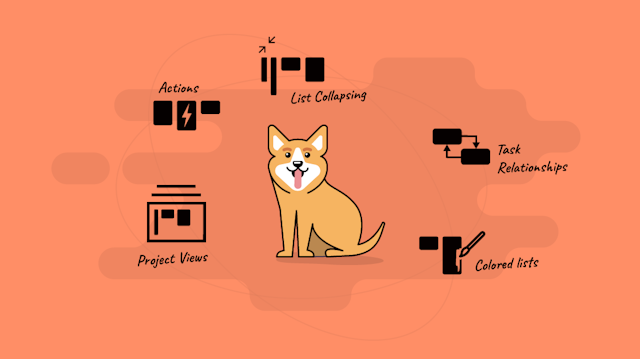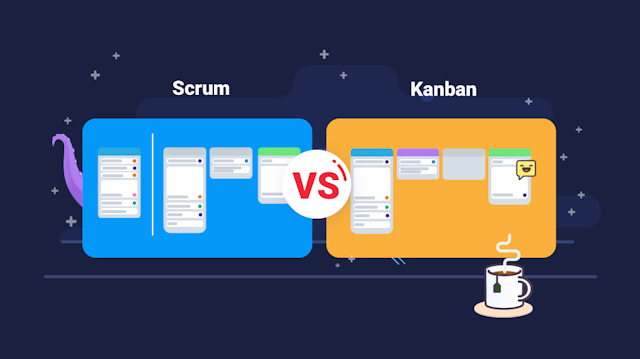If you’re a project manager and or a software developer, you may not be as surprised to know that Agile has recently transformed the world of project management and software development for the better. With more and more talk of this project management miracle, there has been a high demand in the business world to implement it, and making running a business easier.
With that said, some companies are still using the traditional approach, and aren’t sure whether or not to switch to Agile. Therefore, these two approaches are often compared side-by-side.
As we explore both approaches, you can decide in the end which one will be right for you. However, we’ll recommend one of these, if you’re looking for a straight answer on each one to go with.
What Is Traditional PM?
“The traditional Project Management approach, also known as Waterfall to many developers, carries all the phases of a process in sequence, depending on the tools and experience,” says Samantha Winifred, a marketer at Australia 2 write and Writemyx .“Every project must follow each stage in the cycle from beginning to end, without changing anything – the feasibility, planning, designing, building, testing, production, and support.”
The main reason that traditional PM won’t allow change is due to the assumption of time and cost that come with fixing something in a project. Therefore, this approach isn’t recommended for large projects, but rather, smaller ones.
With that said, some companies are still using the traditional approach, and aren’t sure whether or not to switch to Agile. Therefore, these two approaches are often compared side-by-side.
What Is Agile PM?
Whereas a traditional system worries about factors like cost, scope, and time, Agile Project Management is more likely to accept such changes. In fact, Agile is more open to teamwork, customer collaboration, and flexibility in a project. More importantly, adaptive planning is implemented with this approach, making the project more open to any changes without having to go back and start all over again. What’s more is that it strives to make the customer happy, and encourages fast-tracking in software development to point out any errors before release.
Therefore, it’s through these useful factors that it’s a favorite among project managers in the world; and more software developers are willing to work with such technology to get projects done quickly and efficiently. The most widely-used Agile frameworks are Scrum and Kanban.
Why Choose Agile Over Traditional?
“Agile PM offers more flexibility than traditional PM,” says Alexander Barrett, a project manager at Brit student and Next coursework. “Therefore, it’s no wonder that more managers and developers are choosing Agile over the latter, because it lets you respond to customer requests quickly, lets you address bite-sized parts of your project at a time, and allows customers to validate each iteration or sprint before finalizing.”
Here are the reasons why Agile is preferred by most developers and managers:
1. Project Complexity
Traditional:
- Best suited for small or less complex projects
- Follows a linear approach
- Process must start over if something goes wrong
Agile:
- For larger, more complex projects
- Takes into account the various phases in such projects
- Is comfortable with any changes in development
2. Adaptability
Traditional:
- Phases can’t be reviewed more than once
- Can’t adapt to rapid changes
- Time and effort are wasted, if the project has to start over again, due to a change
Agile:
- Adaptable to change
- Takes calculated risks
- Envisions the different scenarios in each stage
3. Flexible With Feedback And Changes
Traditional:
- Each and every process is clearly detailed and defined at the start of the project
- No big changes or feedback allowed
- Project delivery time and budget are fixed (They might be able to be fixed, with certain limitations and restrictions)
Agile:
- Feedback and change are welcome
- Constant feedback is encouraged for better output within the fixed time frame that the project has
Conclusion
With traditional software development, changes are essentially discouraged, and the customer is only involved at the start of development. But with Agile software development, the customer is allowed to get involved at each stage, and make any changes wherever and whenever. Therefore, Agile would be the best choice for you, if you like to collaborate with other people and make needed changes as often as you want in a project.
Author Bio: Michael Dehoyos is a writer and editor at Thesis writing service and Write my dissertation. He also contributes to numerous sites and publications like Thesis writing service and Origin Writings. As a content marketer, he has assisted many companies in improving their marketing strategies and adapting new concepts. In his spare time, he runs a blog about marketing and advertising, and gives tips to up-and-coming marketing gurus.




